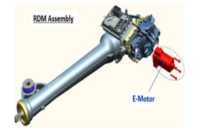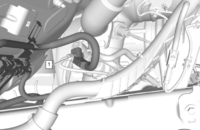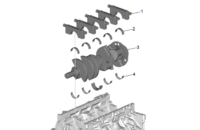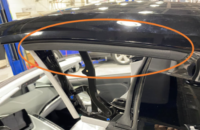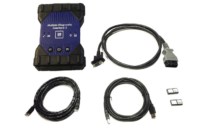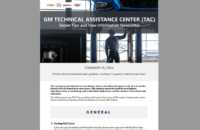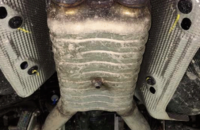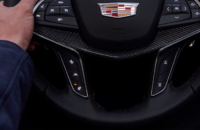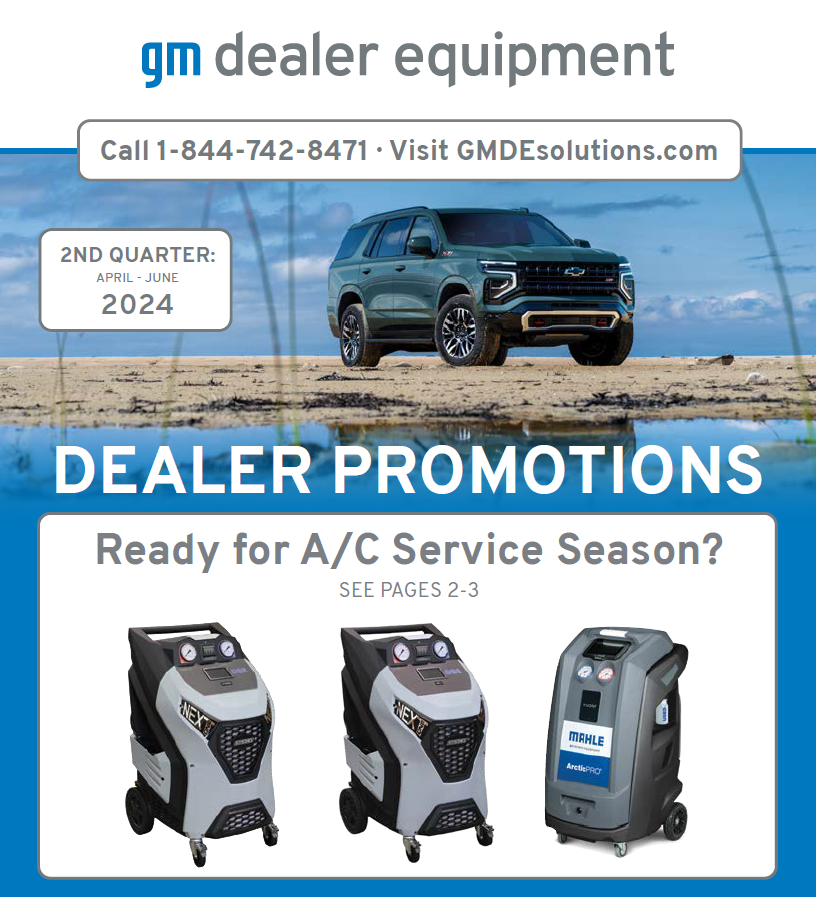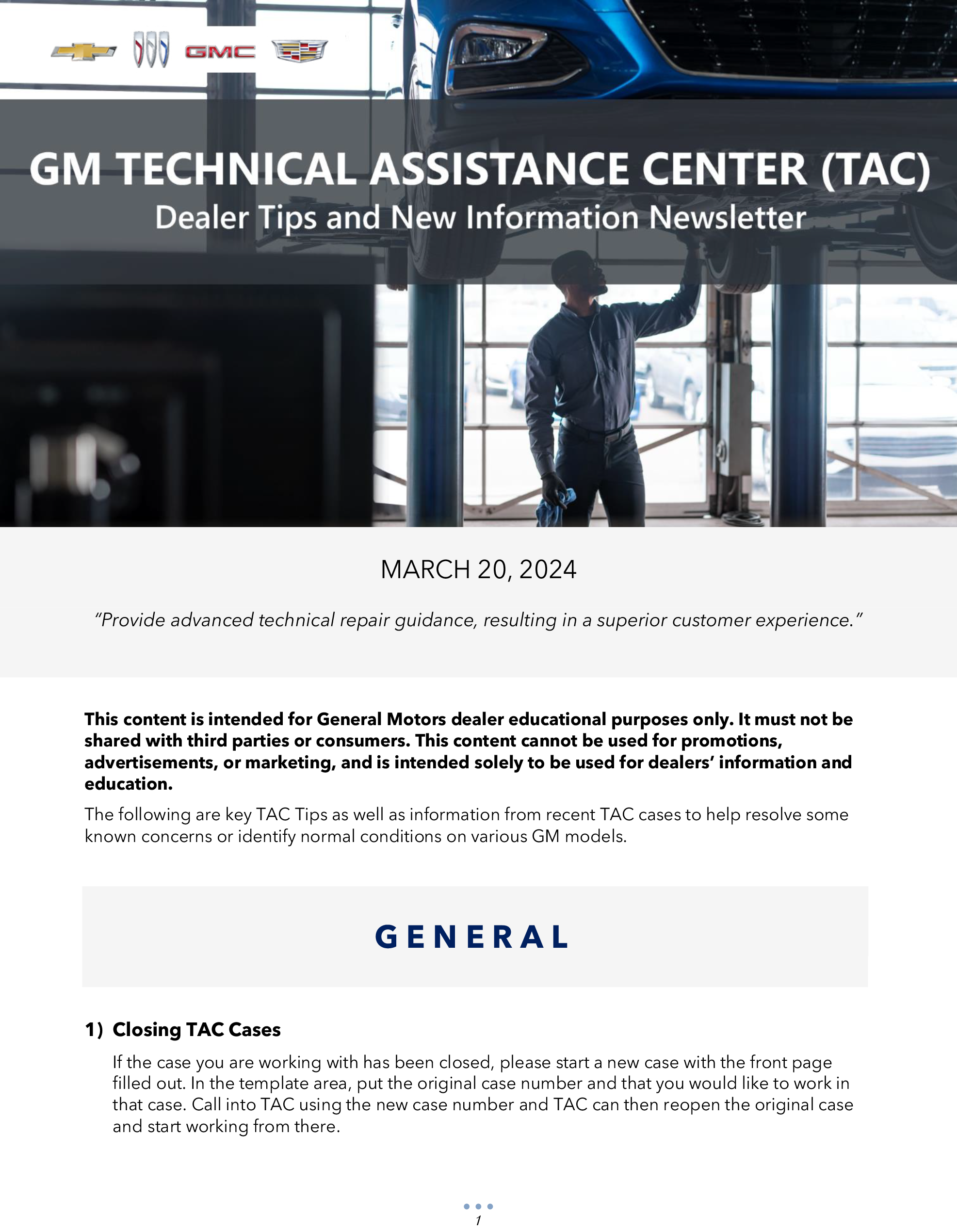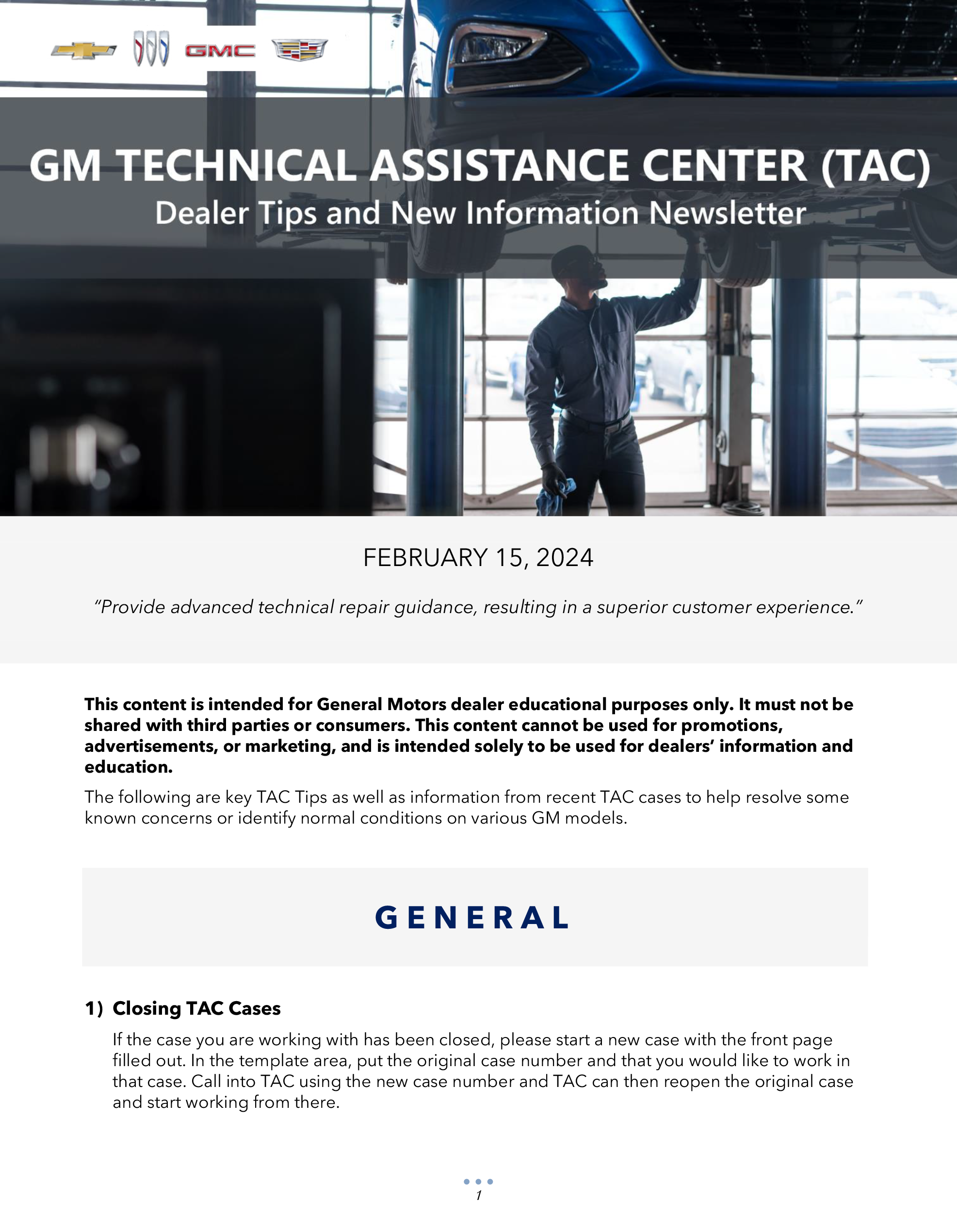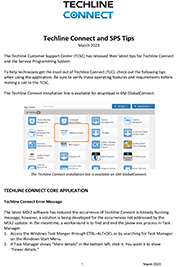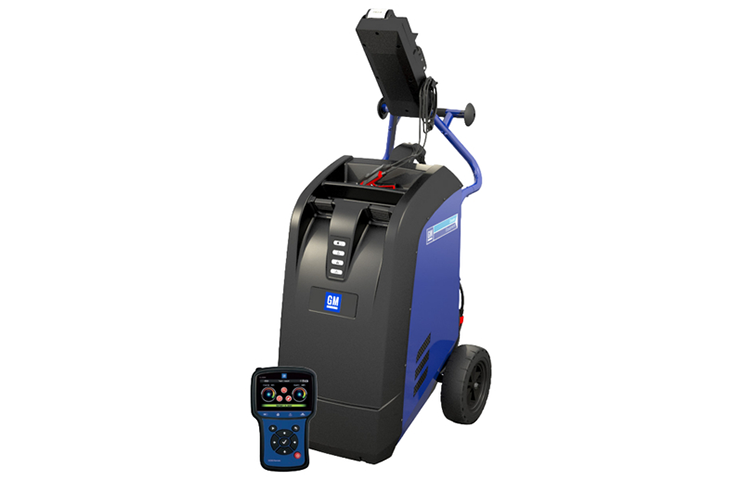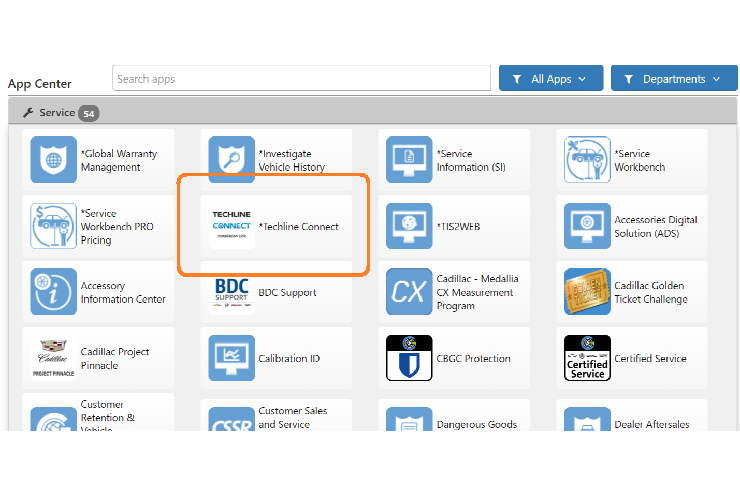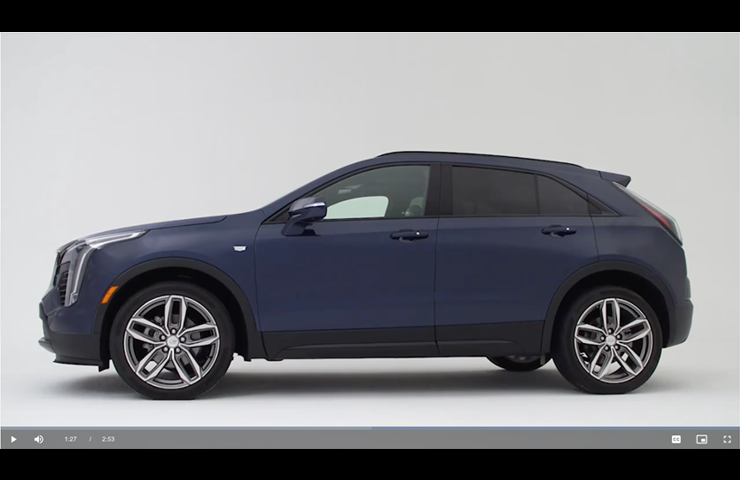Checking for the correct tire air pressure on a vehicle requires a tire air pressure gauge, right? Not on GM models equipped with the new Tire Fill Alert system. It’s included on many new 2018 models, including the 2018 Silverado, Tahoe, Suburban, Traverse, Sierra, Yukon, Acadia, Escalade, Enclave and others. Also look for the system to be available on many 2019 models.
The Tire Fill Alert works with the Tire Pressure Monitoring System (TPMS) to provide visual and audible alerts outside the vehicle when inflating a tire to the recommended cold tire pressure. Check the Driver Information Center (DIC) for the current tire pressures when the vehicle tires are low. (Fig. 1)
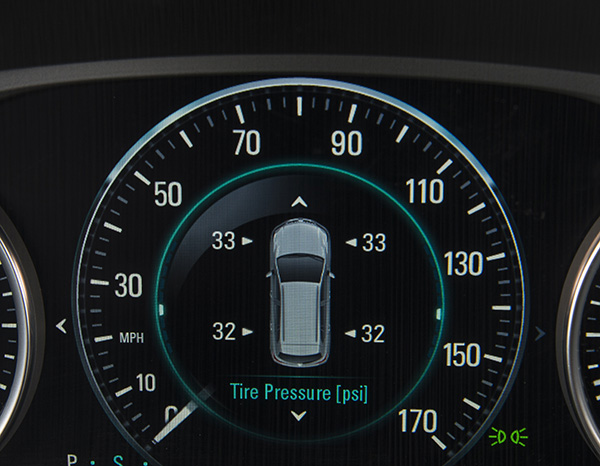 Fig. 1
Fig. 1
Filling a Tire
The Tire Fill Alert begins when the tire pressure warning lamp is illuminated for a low tire. When the driver starts to fill the low tire, the vehicle will flash the turn signal lamp of the corner that is being filled to provide feedback that a tire fill event is occurring. When the placard tire pressure (based on the Tire and Loading Information label located below the driver’s door latch) is achieved, the vehicle will notify the driver with a single, short, horn chirp, similar to the one heard when locking the vehicle. The turn signal lamp of that corner will stop flashing and become solid for a short period of time when the tire is at the correct pressure.
If the tire filling continues and a tire is overinflated by more than 5 psi (35 kPa), the vehicle will notify the driver by sounding three short horn chirps. To release and correct the pressure, while the turn signal lamp is still flashing, briefly press the center of the valve stem. When the recommended pressure is reached, the horn will chirp once.
TIP: If the hazard warning flashers are on, the Tire Fill Alert visual feedback will not work properly.
Operating Conditions
The TPMS will not activate the Tire Fill Alert properly under the following conditions:
- There is interference from an external device or transmitter. It may help to move the vehicle about 3 ft. (1 m) and try again.
- The air pressure from the inflation device is not sufficient to inflate the tire.
- There is a malfunction in the TPMS.
- There is a malfunction in the horn or turn signal lamps.
- The identification code of the TPMS sensor is not registered to the system.
- The battery of the TPMS sensor is low. The sensor battery condition can be verified in the scan tool Body Control Module (BCM) data list.
System Diagnostics
If the Tire Fill Alert system is not working properly, check these systems:
- The Tire Fill Alert system uses unique TPM sensors. Inspect each TPM sensor to ensure it is the correct sensor for the application.
- TPM sensors must be transmitting. If any of the sensors are not reporting properly, follow the TPM sensor service procedure for DTCs C0750, C0755, C0760, or C0765 (Tire Pressure Sensors).
- When inflating a tire, monitor the Tire Fill Alert Current State parameter: Non-Monitor, Monitor, Active, or Achieved. The initial state should be in Monitor mode and change to Active and Achieved once the tire is inflated to the proper tire pressure.
- If the parameter states are changing while the tire is being inflated, but there isn’t any lights or horn feedback, refer to Lighting diagnostics.
- If the parameter states are not changing while the tire is being inflated, and there also isn’t any lights or horn feedback, refer to Body Control Module diagnostics.
– Thanks to Bob Wittmann





